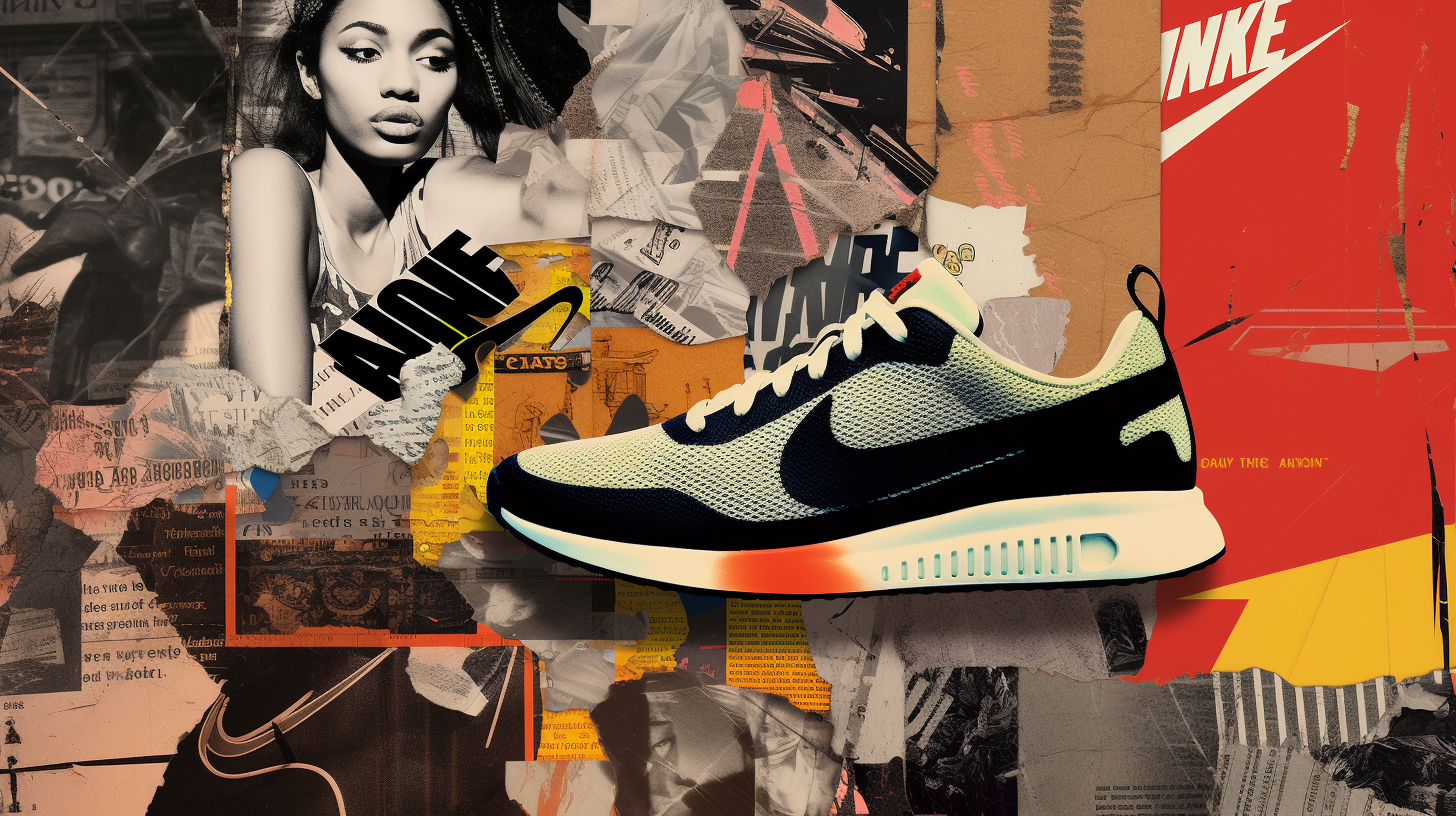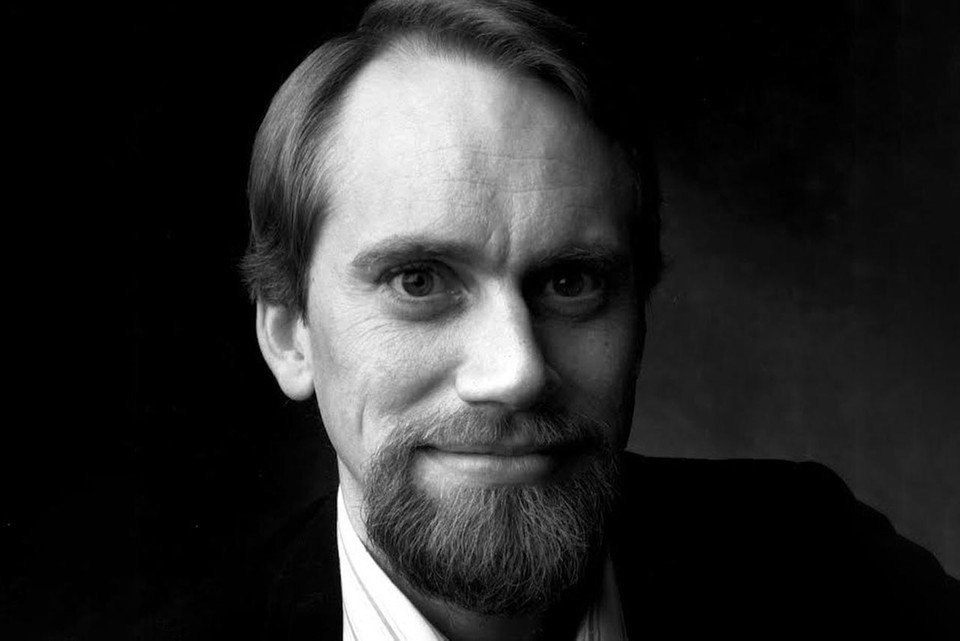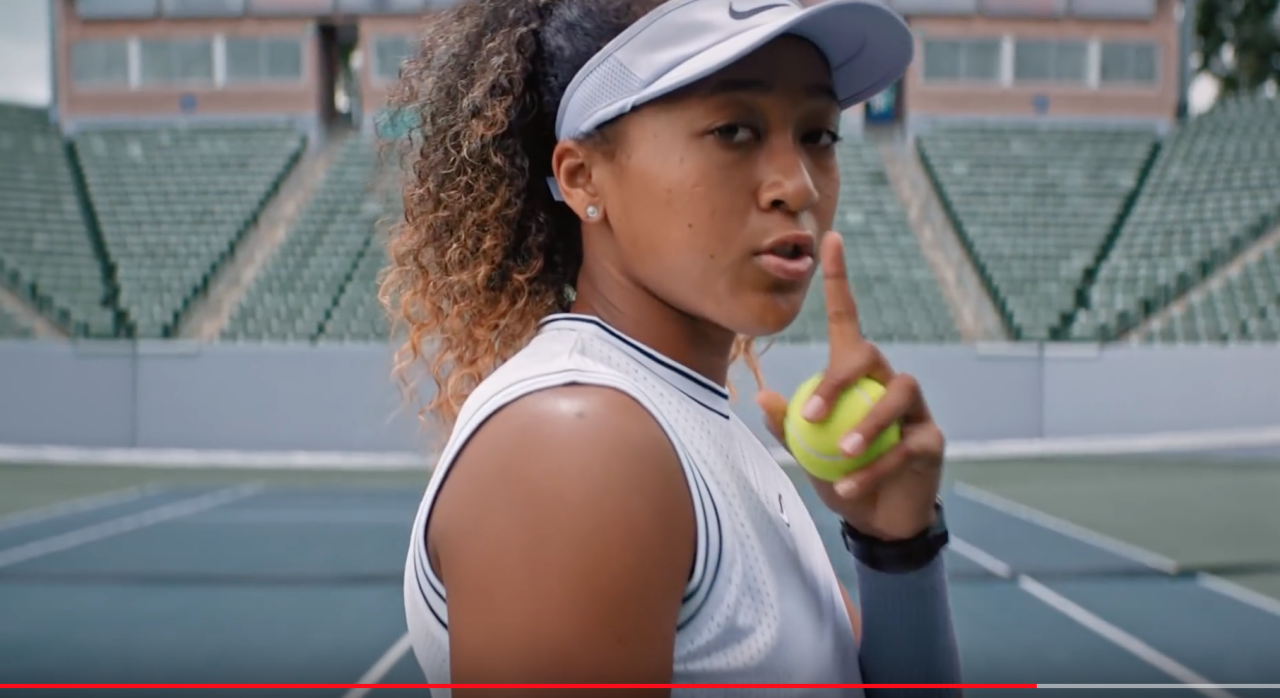I know robots are the future, but that doesn't mean we have to talk to people like we are one.
Marketing and advertising have always been a breeding ground for jargon.
It comes from a desperate instinct to organize chaos.
To name and label and make the unknowable known.
To make people with no idea what they are doing sound like experts.
Fake it till you make it, and all that.
But if all of these efforts are to ultimately connect with actual human beings, how do these inhuman terms help?
Holistic paradigms. Achieve virality. Orchestrate behavior loops. Foster brand equity. Omni-channel experiences. Catalyze disruption innovation. Harmonize touchpoints. Optimize stakeholder value. Accelerate brand consideration. Agile methodologies. Maximize ROI. Segmentation.
And my favorite, least human shout out of them all: CONSUMERS.
How do we activate and empower consumers to drive brand awareness and capture increased market share with a media agnostic marketing mix that micro targets Gen-Z favored niches where they congregate on and offline? #iykyk #Blessed
Ummmmmmmmmmmm….
I’ll get back to you on that one…
While strategic thinking and analytical reasoning is important, we shouldn’t get lost in talking to each other like a bunch of bots and algorithms.
Keep things simple.
Reduce the complex into easy conversations.
Digest all of the big data and make it your own.
Search for TRUTH not facts, numbers and formats.
The whole point of trying to reach people is to make them feel something.
All of the layers of insider speak just get in the way.
What’s worse, is some people seem to relish using this jargon.
I’ve run into a few junior creatives lately who were very good at using fancy terms.
It made them sound hypnotic and polished.
It felt like a part of their identity.
But what were they really saying?
Who were they trying to impress?
I tried to talk with them in simple ways and threw in a few dumb jokes to break the trance.
What do you want to make? What do you find interesting? Seen any good shows lately? Look at this dumb thing I saw on Instagram.
Sometimes it’s small talk that naturally turns into big ideas.
You can offer way more value if you talk to people like yourself.
You don’t need to adopt a voice that makes you sound like everyone else.
Everyone struggles with imposter syndrome, and jargon can be a mask and source of strength.
But sounding smart in a meeting and being good at what you do are not the same thing.
It’s okay to let your guard down.
No one knows everything and we aren’t counting on you to be an expert.
We need you to be yourself and offer only what you can offer.
The smartest people I’ve worked with sound like super regular people.
They’re human, uncertain, funny and like no one else.
But they keep showing up as themselves and being vulnerable.
They’re willing to put in the deep thought to figure hard things out.
Don’t let a mastery of a dictionary of industry terms be a substitute for actual mastery.
The gig is to solve problems.
Not create an unnecessary labyrinth of words and checkpoints that obscure the goal.
The next time someone drops some jargon on you in a meeting, ask what they mean.
Get them to go a little deeper.
Encourage them to explain it in their own words.
And if you catch yourself saying something overly technical, keep talking.
Try to rephrase in a way that says what you are thinking.
That’s when the sparks and insights truly come.
Sometimes it’s the person who is brave enough to sound uncertain or simple that triggers the breakthrough.
Especially these days, we have plenty of AIs and algorithms we can turn to if we want overly analytic and stoic responses.
Let us band together as humans having real conversations.
That’s always been our strength.
We’re beings that feel and cry and make stupid jokes.
You don’t have to be slick or polished to be good.
You’ll be judged by the quality of your thought.
You don’t score points for using trendy gibberish.
Lose the jargon.
Use your own voice.
That’s where your power lies.
Andrew “Oyl” Miller is an advertising Creative Director and Copywriter. He spent 15 years working at Wieden+Kennedy on brands like Nike, PlayStation and IKEA. You can check out his work on his website.






















